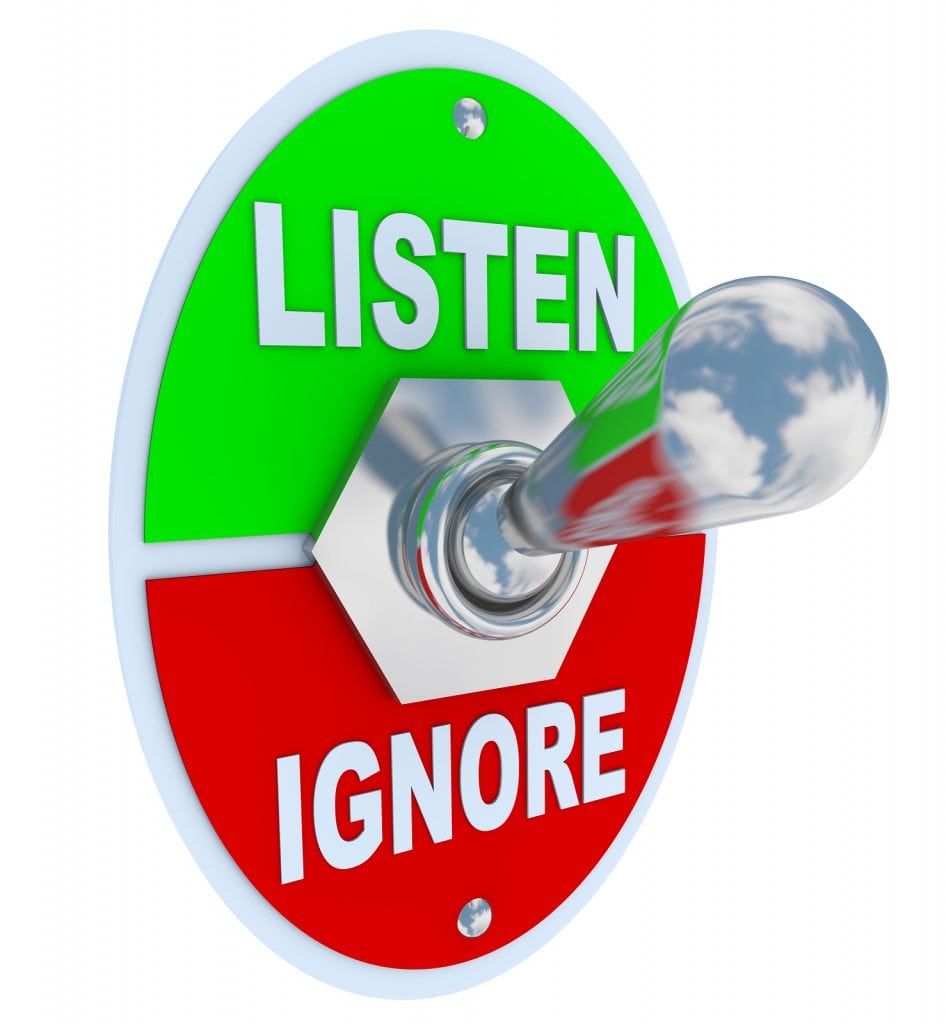 I urge you to re-think your assumption. A recently issued report from SAMHSA proves the existence of many substance abusers in our population. Even scarier is that a large portion of them are employed either full time or part time. Maybe they are in your organization?
I urge you to re-think your assumption. A recently issued report from SAMHSA proves the existence of many substance abusers in our population. Even scarier is that a large portion of them are employed either full time or part time. Maybe they are in your organization?
Current illegal drug users need never have the opportunity to join your organization, no matter the state law governing medical marijuana use. Substance abusers already in your organization deserve all the help they want in overcoming the addiction. That is why we always recommend an EAP program at the start of a random drug testing program. You and they deserve an opportunity to beat their addiction and continue to be a productive member of your workforce.
However, substance abusers can cause a great deal of damage to your reputation and can injure other third parties if you do not address the issue. If you do not have a program to find and address illicit drug use in your organization, you are culpable and can end up paying a huge penalty.
A report, done annually, was prepared and published by the Substance Abuse and Mental Health Services Administration (SAMHSA), U.S. Department of Health and Human Services (HHS). This report presents detailed results from the 2013 National Survey on Drug Use and Health (NSDUH), an annual survey sponsored by the Substance Abuse and Mental Health Services Administration (SAMHSA). Following are just some highlights of information in the article:
• Marijuana was the most commonly used illicit drug in 2013. There were 19.8 million past month users in 2013.
• Daily or almost daily use of marijuana (used on 20 or more days in the past month) increased from 5.1 million persons in 2005 to 2007 to 8.1 million persons in 2013.
• Among young adults aged 18 to 25, the rate of current illicit drug use in 2013 was 21.5 percent.
• The rate of current marijuana use in 2013 among young adults aged 18 to 25 was 19.1 percent
• Among adults aged 26 or older, the rate of current illicit drug use in 2013 was 7.3 percent.
• Among adults aged 50 to 64, the rate of current illicit drug use increased to 6.0 percent in 2013.
• For adults aged 50 to 54, the rate increased to 7.9 percent in 2013.
• Among those aged 55 to 59, the rate of current illicit drug use increased to 5.7 percent in 2013.
• Among those aged 60 to 64, the rate of current illicit drug use increased to 3.9 percent in 2013.
• Among adults aged 18 or older, the rate of current illicit drug use was 9.1 percent for those employed full time, and 13.7 percent for those employed part time.
• In 2013, the rate of driving under the influence of illicit drugs was highest among young adults aged 18 to 25 (10.6 percent).
• Among young adults aged 18 to 25 in 2013, the rate of binge drinking was 37.9 percent, and the rate of heavy drinking was 11.3 percent.
• Driving Under the Influence of Alcohol in the Past Year among Persons Aged 16 or Older, by Age: 2013
• Ages 18 to 29 51.2%
• Ages 30 to 49 57.1%
• Ages 50 to 65+ 32.6%


